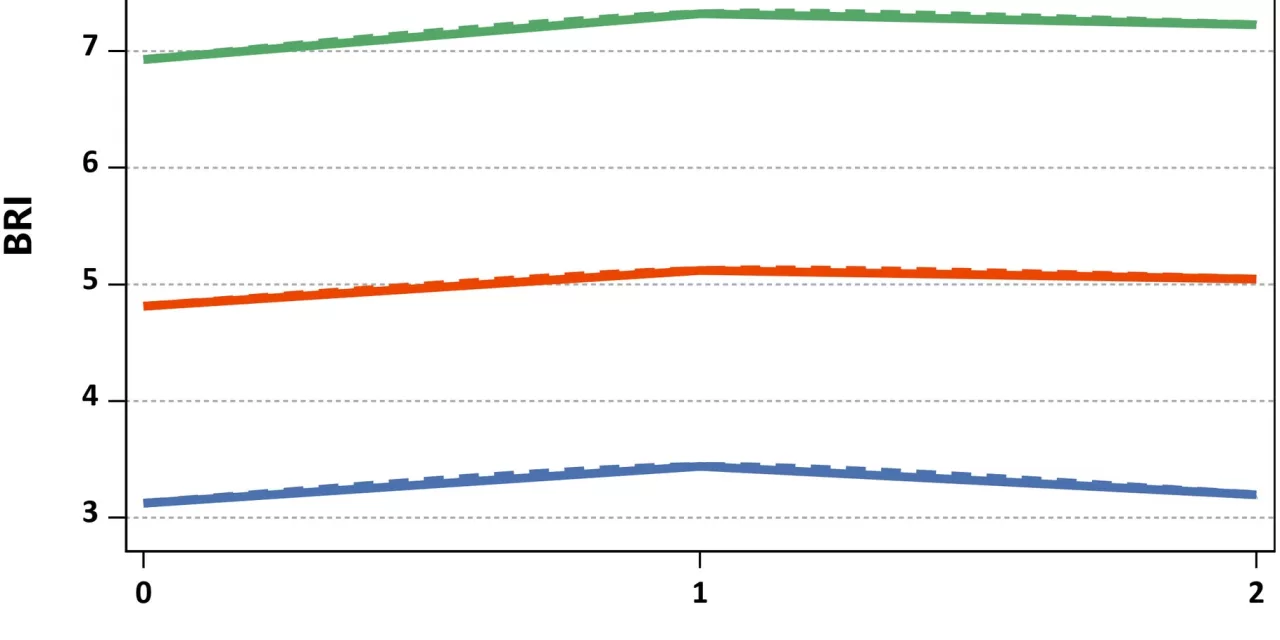A recent study published in the Journal of the American Heart Association reveals that a high Body Roundness Index (BRI) over a six-year period significantly correlates with an increased risk of developing cardiovascular disease (CVD) in adults aged 45 and older. The research highlights BRI as a promising measure for assessing abdominal fat and body shape, providing insights into cardiovascular health.
Cardiovascular disease remains the leading cause of death globally, claiming nearly 20 million lives annually, according to the American Heart Association’s 2024 update. Obesity, particularly abdominal obesity, has been identified as a major modifiable risk factor for CVD, with evidence suggesting it may be a more potent risk indicator than general obesity.
BRI combines waist circumference and height to reflect the proportion of abdominal and visceral fat, distinguishing it from the Body Mass Index (BMI), which only considers weight in relation to height. Previous studies have indicated that BRI may be an effective predictor of cardiovascular risk, potentially identifying individuals with insulin resistance and metabolic syndrome.
Study Overview
The study, conducted as part of the China Health and Retirement Longitudinal Study (CHARLS), involved over 9,935 middle-aged and older adults. Researchers assessed BRI measurements from 2011 to 2016, examining how these measurements changed over time rather than relying on a single data point. Participants were categorized into three groups based on their BRI trajectories: low-stable, moderate-stable, and high-stable.
Key findings include:
- Individuals in the moderate-stable BRI group experienced a 61% increased risk of cardiovascular disease compared to those in the low-stable group, while the high-stable group faced a staggering 163% increase.
- Even after accounting for demographic factors, medical history, and medication use, significant differences in CVD risk persisted between the moderate-stable and high-stable groups versus the low-stable group.
- The incidence of stroke and cardiac events was markedly higher among participants with moderate and high stable BRI levels.
Senior study author Dr. Yun Qian, a researcher at Nanjing Medical University, stated, “Our findings suggest that six years of moderate-to-high stable BRI significantly increases the risk of cardiovascular disease. This underscores the potential of BRI as a predictive factor for CVD incidence.”
Implications for Health
The study’s results emphasize the link between obesity and several cardiovascular risk factors, including hypertension, high cholesterol, and Type 2 diabetes. Moreover, obesity is associated with inflammation and other detrimental mechanisms affecting heart health.
Despite its significant findings, the study acknowledges limitations, including its focus on adults in China, which may limit generalizability. Additionally, the reliance on participant self-reports for CVD diagnosis could introduce biases.
As researchers call for further investigations to validate these findings, they highlight the potential for BRI measurements to aid in cardiovascular disease prevention strategies.
For more information, refer to the original study: Yang, M., et al. (2024). “Body Roundness Index Trajectories and the Incidence of Cardiovascular Disease: Evidence From the China Health and Retirement Longitudinal Study,” Journal of the American Heart Association. DOI: 10.1161/JAHA.124.034768.












